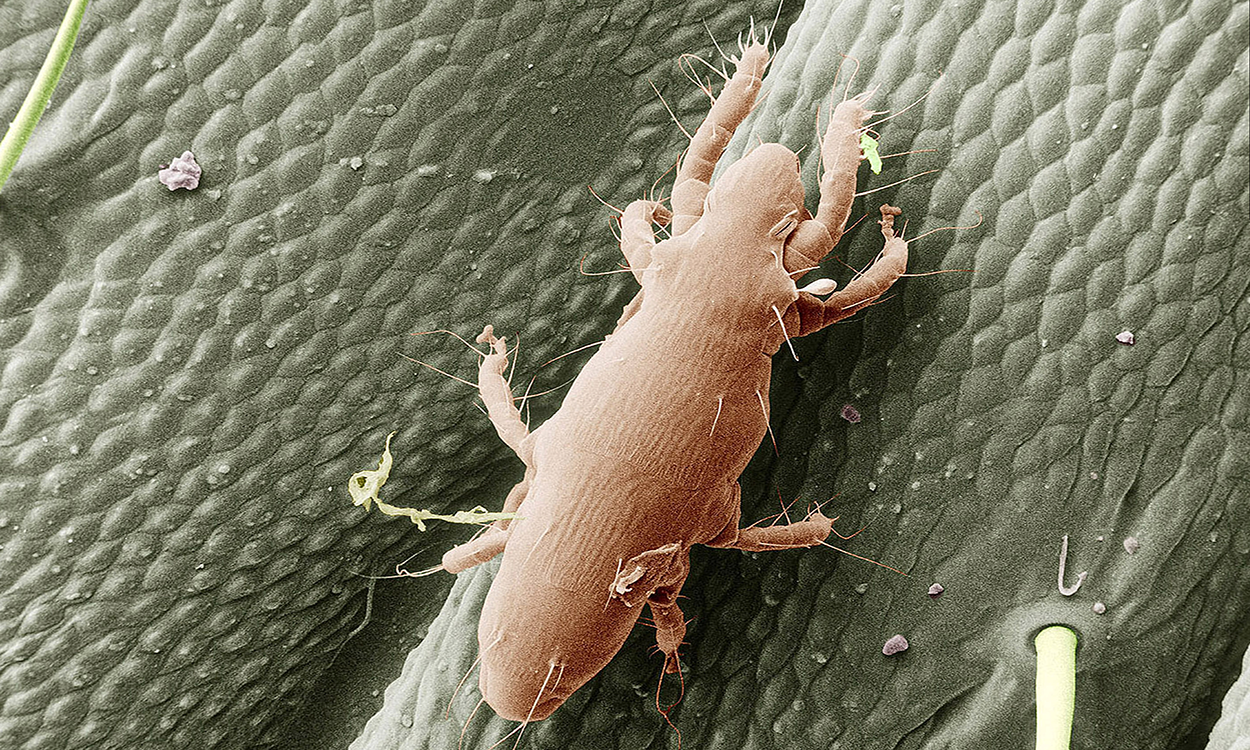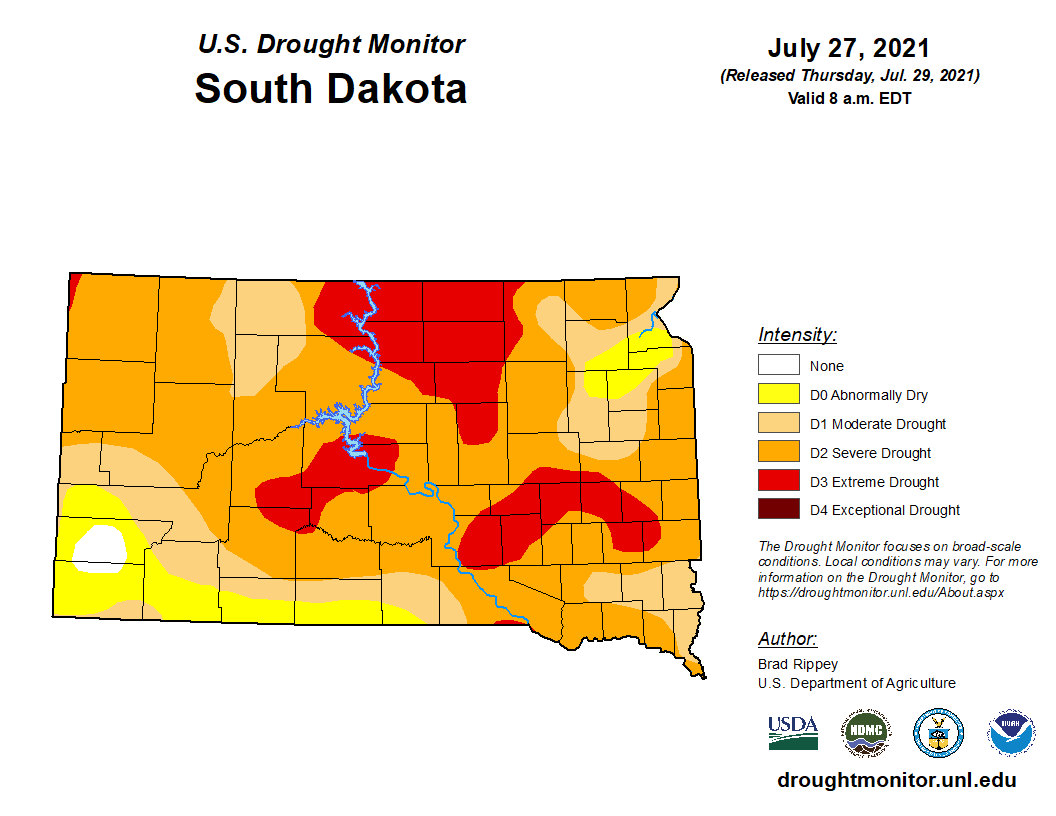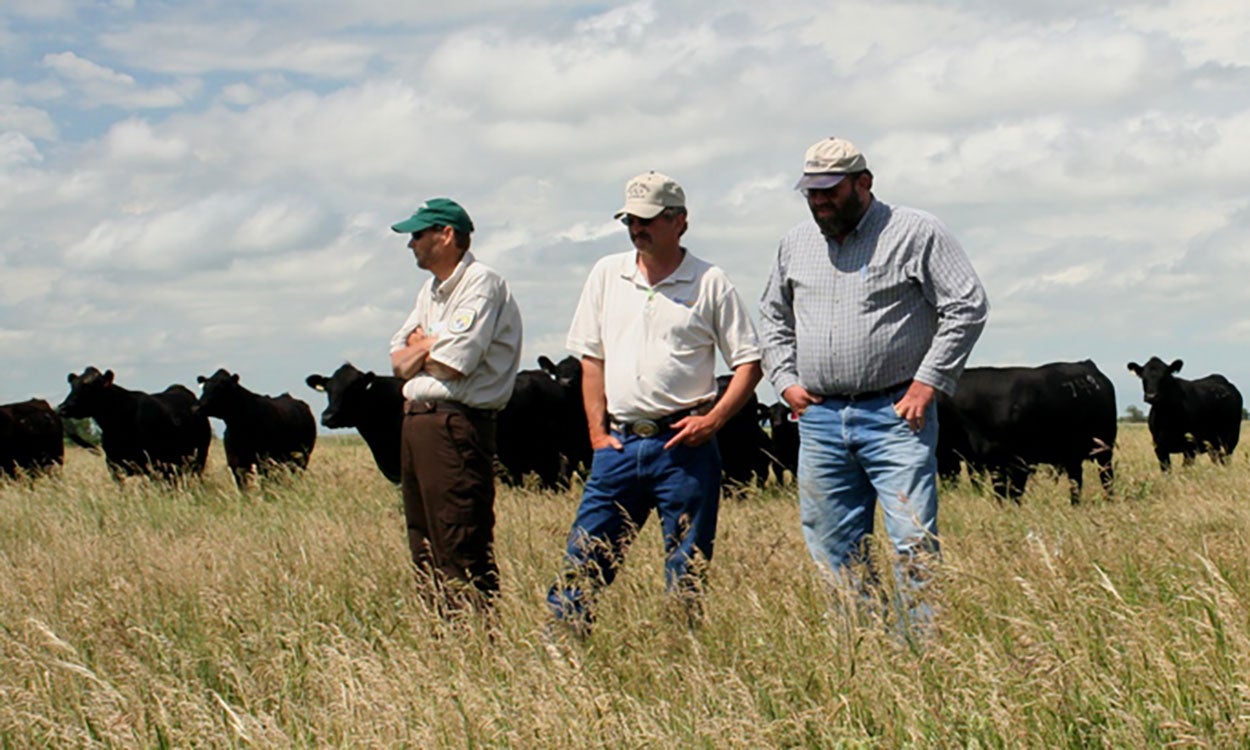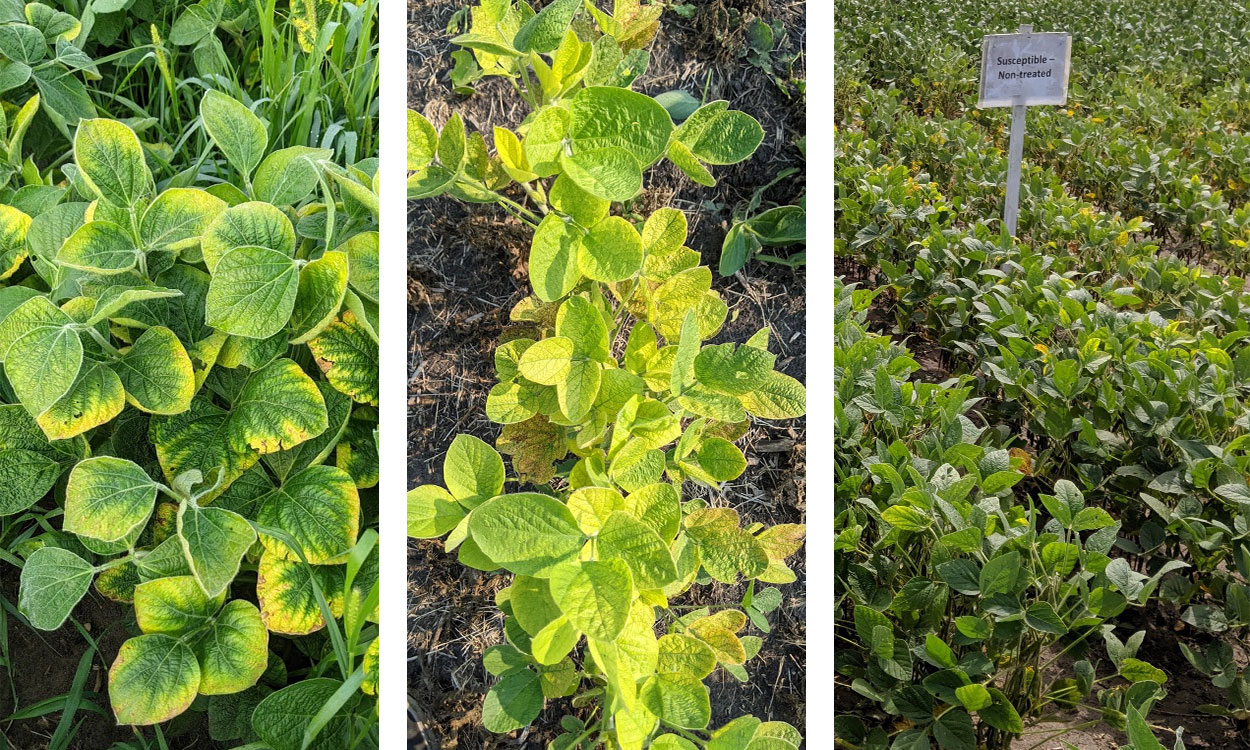Search

Forage Resources for South Dakota Farmers and Ranchers
Producers often have difficulties locating fellow producers to buy, sell or rent forages and grazing acres too. South Dakota now has two widely recognized, free resources to aid in these connections.

Nitrate QuikTest for Forages
The Nitrate QuikTest for Forages is available at various SDSU Extension locations and veterinary clinics across the state and is designed to be used with standing forages prior to harvesting for hay or grazing.

Straw Itch Mites
Straw itch mites, also known as hay mites or grain mites, can be a major problem when present in hay or grain. The best way to avoid a straw itch mite infestation is to keep commodities at low moisture levels and bale straw when it is thoroughly dry.

Controlling Grasshoppers, Salvaging Drought Corn Kick Off August Drought Hours
August 04, 2021
According to the latest U.S. Drought Monitor, nearly 18% of the state is in Extreme Drought (D3), while another 70% follows as Severe Drought (D2).

Frequently Asked Questions - Forage Nitrate Toxicity in Ruminant Livestock
A fact sheet to address frequently asked questions about forage nitrate toxicity in ruminant livestock.

Salvaging for Silage: Tips to Minimize Loss, Maximize Value
August 09, 2021
With South Dakota rangeland and pastures rated 84% poor to very poor across the state, many cattle producers may be thinking about putting up silage for a feed source.

Drought Assistance Questions Answered
Dry conditions persist across the state, and many new questions are being asked regarding the federal assistance programs available from the U.S. Department of Agriculture Farm Service Agency.

Drought Assistance From USDA: CRP Haying and Grazing
As this year’s drought intensifies, folks are quickly running short of forage. Due to the D2 Drought Monitor classification, most South Dakota counties qualify for Conservation Reserve Program haying and grazing for emergency and non-emergency use.

What Is Causing Soybeans to Yellow at This Time?
Recently scouted soybean fields were observed with yellowing plants, and one field was found to have plants dying prematurely. Learn some of the factors that may cause soybean plants to yellow at this time in the growing season.

Grasshoppers Already Moving Into Sunflower Fields
With grassland food sources being depleted earlier than usual due to drought, grasshoppers are moving into nearby crops in search of vegetation. In parts of western South Dakota, grasshopper nymphs have already been observed feeding on young sunflower plants.